In this episode, Kelly Manjula Koza talks about founding Sardinian Arts, outlines key events from the first years, and hints at what’s to come.
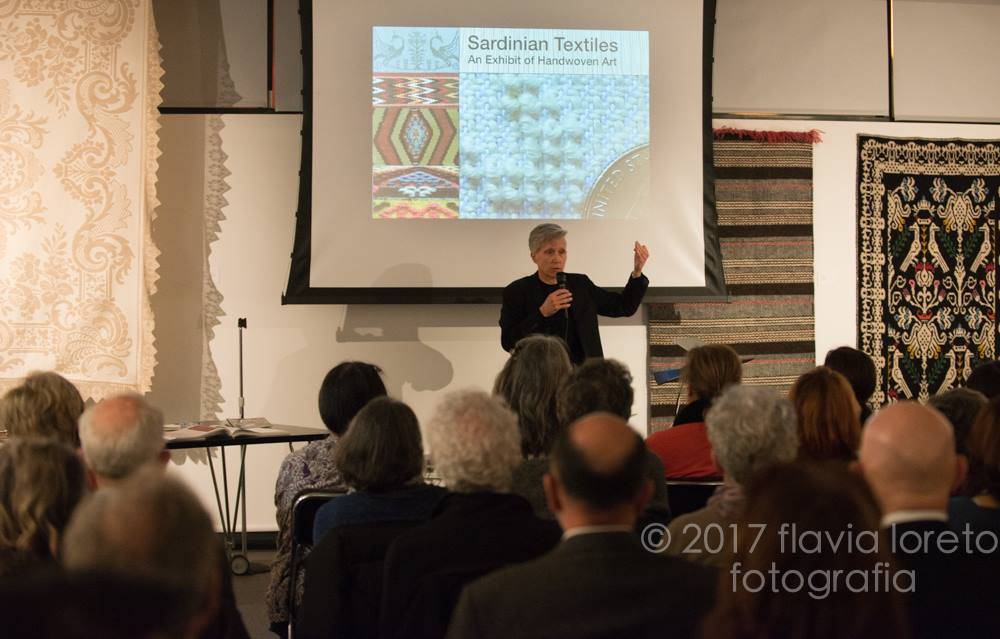
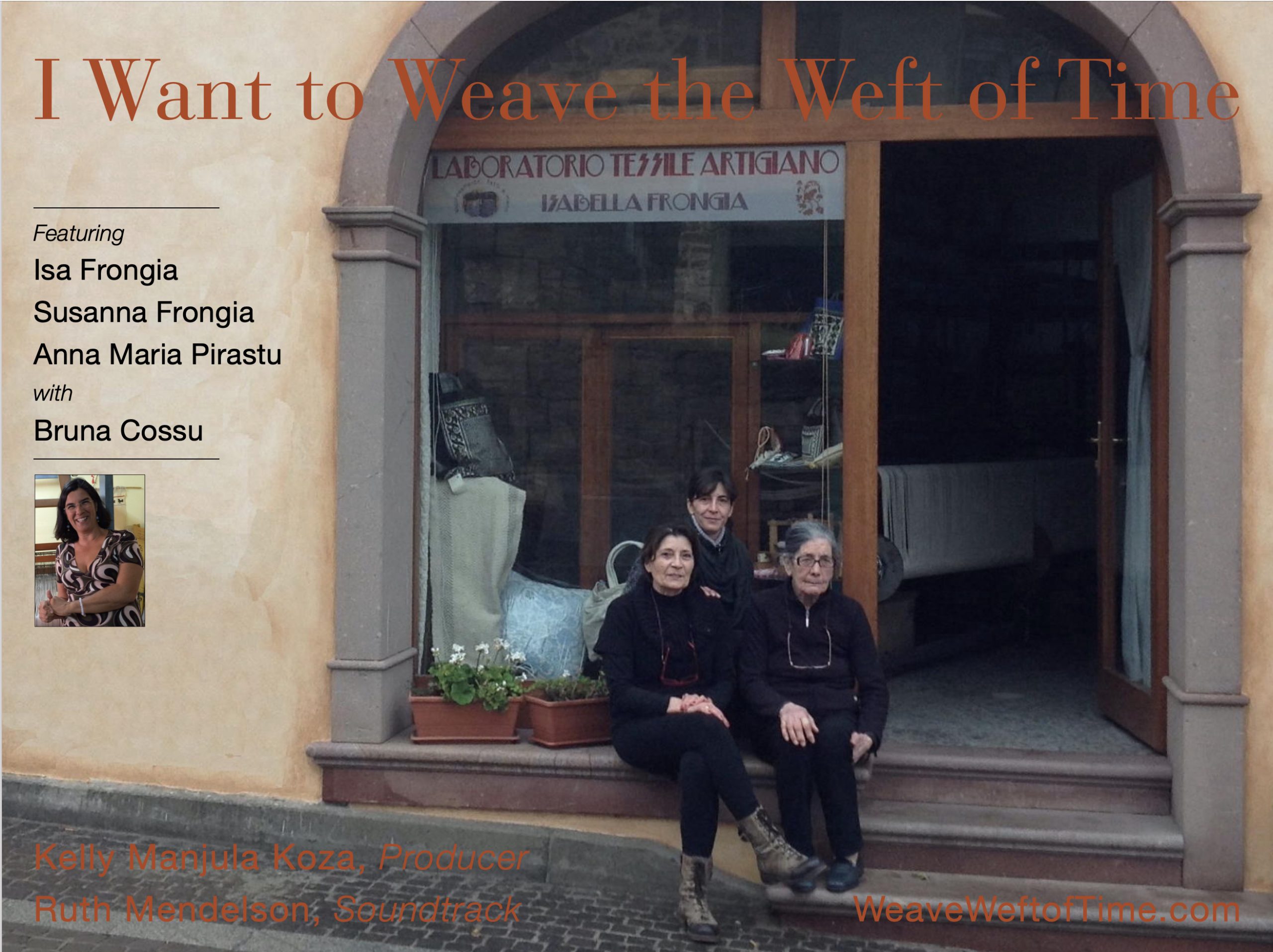
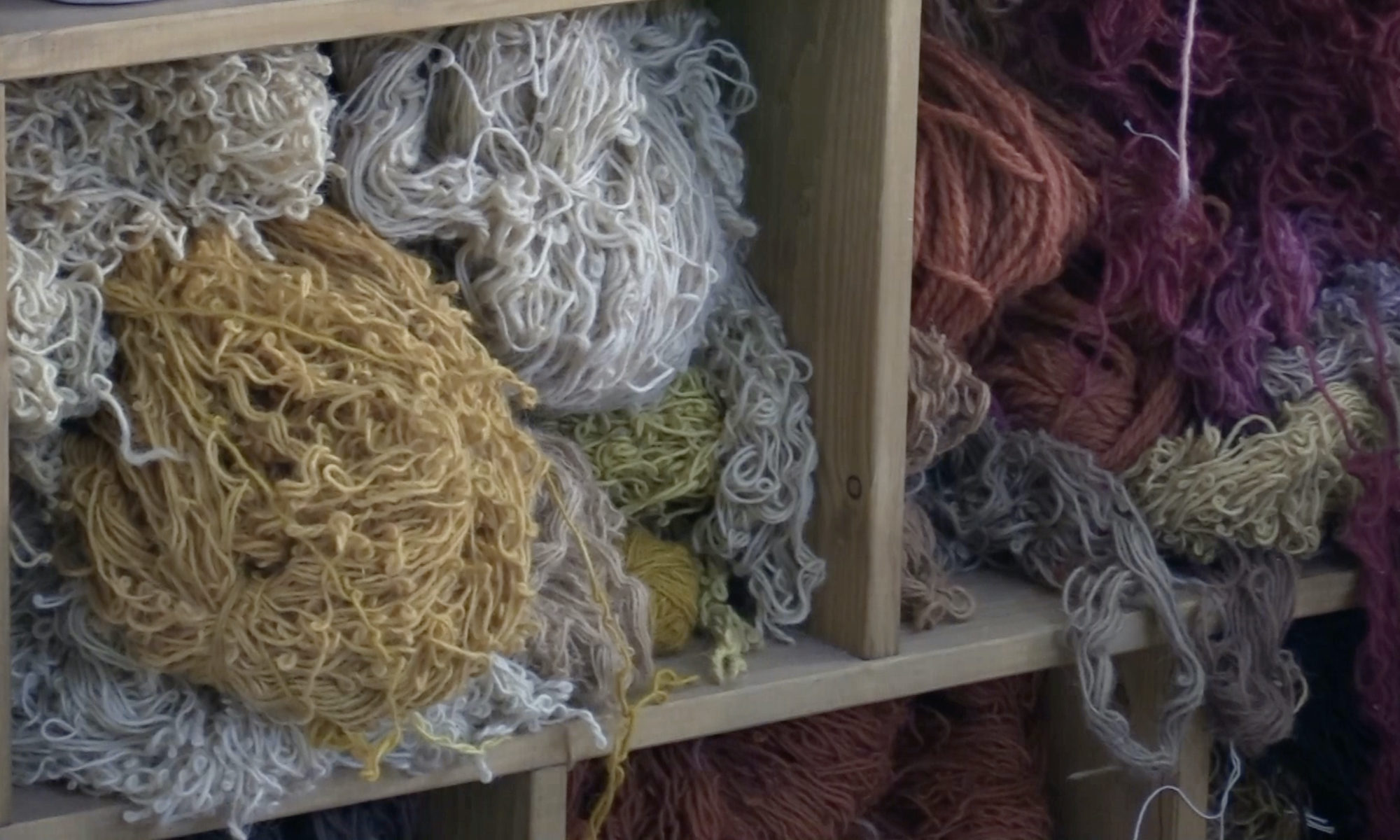
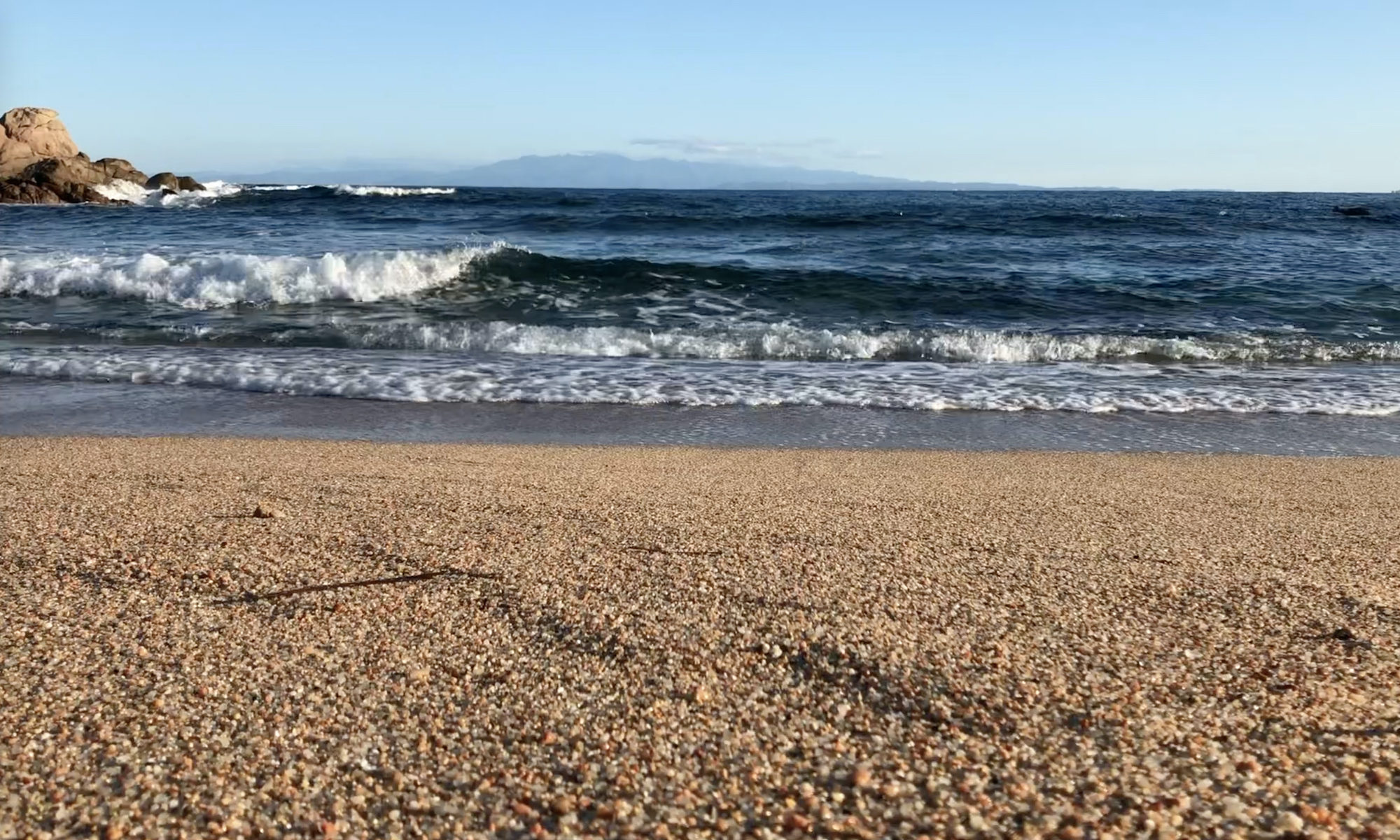
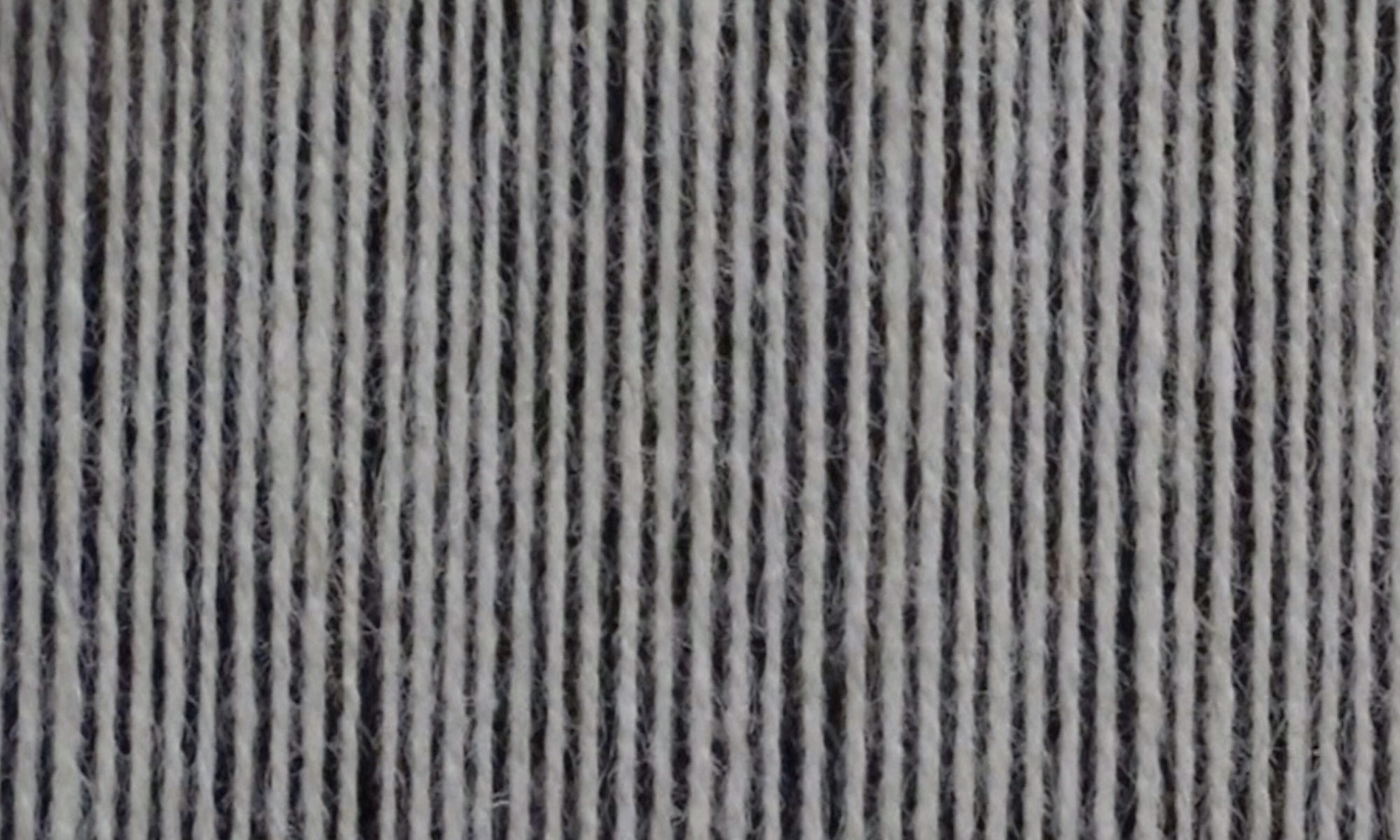
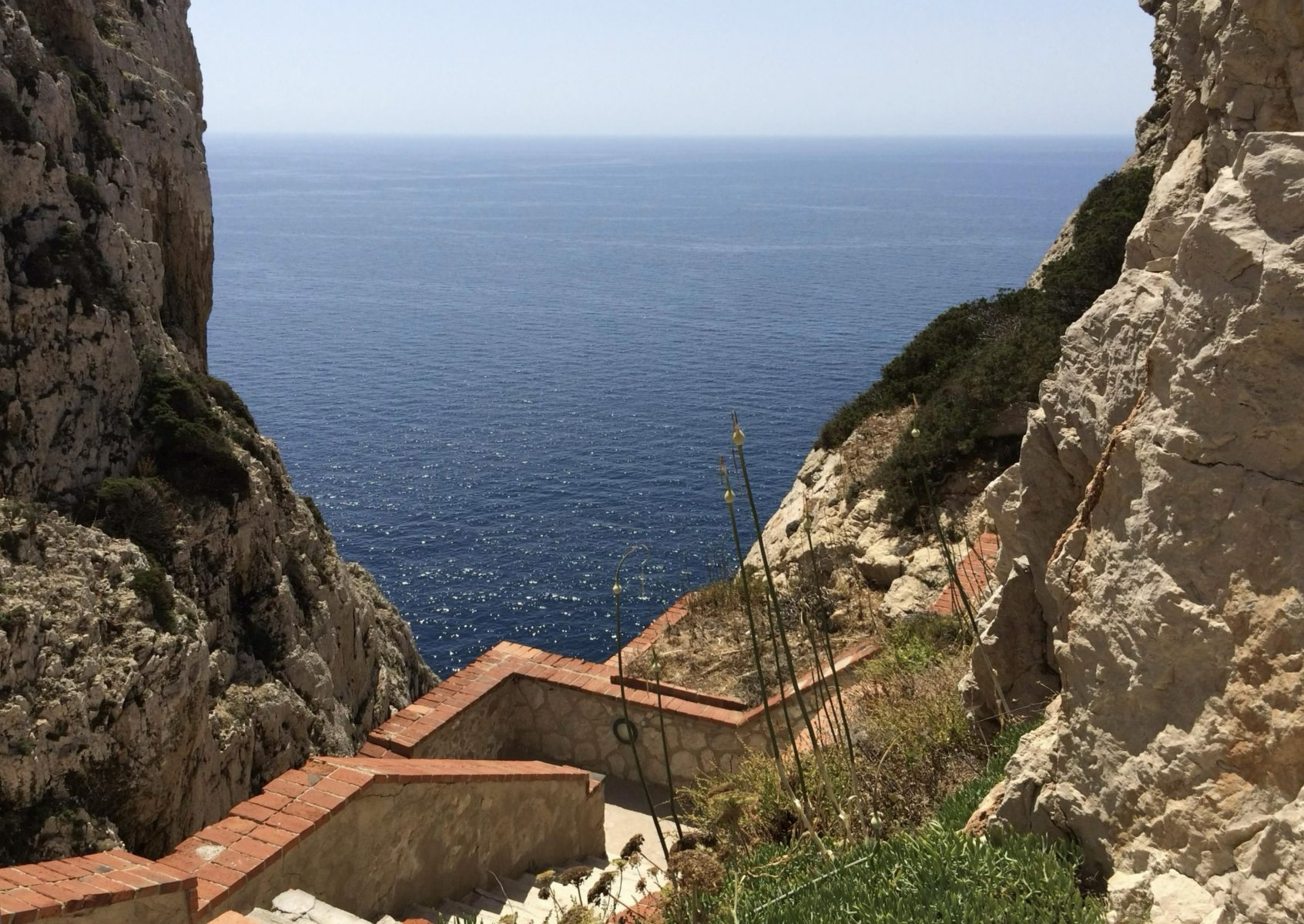
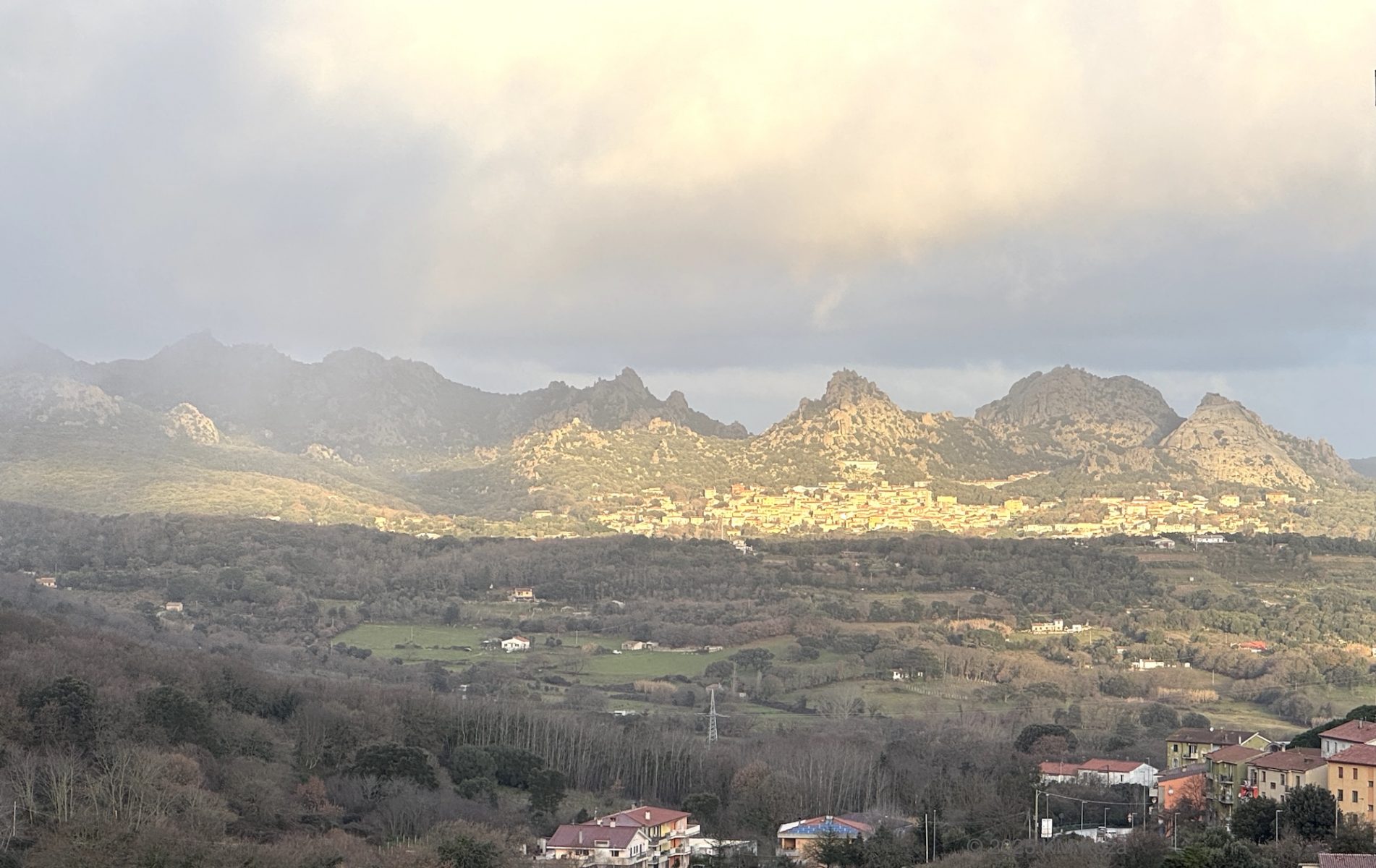
Transcript
After that first trip to Sardinia in September of 2013, I returned to the States and started Sardinian Arts. It was a calling of the heart. My intent with Sardinian Arts has always been to work with and support the handweaving artists and promote their art. The handweavers and their textiles are dear to me, as have become Sardinia, her people, and her culture. My adventures and the story of Sardinian Arts have mea ndered and evolved over the years — and will continue to do so.
In this episode, I’ll give you a brief history of how some key moments with Sardinian Arts have unfolded, where things are going. This is not intended as a history lesson, but an overview so that you have a tiny hint of some of what I’ll discuss in more detail in upcoming episodes. Sardinia always brings interesting stories, amazing adventures, and much learning about myself as well as the island, her people, her ways, and, of course, her textiles.
Back to that autumn and early winter of 2013: I did some research online about Sardinian handwoven textiles, but you couldn’t find much, and what I did find were websites of a factory and a power loom shop that displayed photos of a hand loom on their home pages. I emailed a few addresses I found online, yet received no reply from my enquiries about visiting. Despite this, I was determined to find and meet the handweavers I knew had to still work on the island. So, I returned to Sardinia in January of 2014, three months after my first trip. As you may, know January is not the tourist season in Sardinia, and many places are closed, so the timing of the trip itself made for many interesting adventures.
The most significant adventure from that trip is that I met the Frongias, the weavers featured in the film I Want to Weave the Weft of Time. Like most — if not all — of my adventures in Sardinia, meeting them seems to have been synchronistically arranged. The Frongias have become family, and I have many stories to tell of my time with them, ranging from how I met them, to how the film was made, to what I’ve learned about Sardinian handweaving and Sardinia from them and others.
That January, I also visited factories and power loom shops, and had my introduction to what call the three classes of Sardinian textiles, which is an important theme in my work. My intent was and always has been to work with the women who weave and work by hand. However, as I hinted earlier, finding handweavers who work professionally is not always easy. Even in Sardinia, there are textile factories, or mills, that use large-scale automated looms to produce mass quantities of rugs, bedspreads, and other items for tourists and daily use. There are power loom shops where electric hydraulic looms run by themselves, yet can be stopped so the loom operator can insert a row or few of decoration by hand before pressing the button to resume the loom’s automated motion. I call these textiles produced on powerlooms “hand-decorated”, for they can be made in a fraction of the time it takes a handweaver to make a handwoven textile. Mill-made and hand-decorated textiles have their place and their market, yet they are too often sold as “handmade”, which creates problems I’ll outline in later episodes. This, by the way, is not a problem unique to Sardinia.
Back to that January trip when I met the Frongias. That’s also when I began filming I Want to Weave the Weft of Time, even though I had not envisioned making a film, hadn’t brought my video camera, and at first thought the video might be a short five or ten minute piece. Stories!
I came back from the trip full of ideas and questions. After I gave my first presentation to a group in California, I realized even more deeply the importance of educating people. My vision expanded from merely having trunk shows. I wanted to make a beautiful film that would touch hearts and open minds to Sardinia and Sardinian handwoven textiles. I also wanted to produce and curate an exhibit to introduce these textiles and weavers to the United States.
The vision continued to grow and to take form. Even though I was working full time in the corporate world, I put together the Sardinian Arts website, started looking into launching an exhibit, investigating everything from venues to customs regulations and historic Sardinian textiles. I hired an assistant to handle social media, market research, and administriva. My Italian tutor Gabri helped me with my Italian language skills and coached me on how to work with Italian officials and politicians, handle communication nuances, and so much more. His help was key in drafting the English and Italian proposal and Memorandum of Understanding for the exhibit and related events that I presented to the Italian Cultural Institute in San Francisco and eventual partners in Sardinia.
From 2014 through 2017, I made many trips to Sardinia, met many handweavers, power loom shop owners, factory owners, and officials. Of course I learned much — and also had a good bit of fun, as well as stress. The film was finished in late 2016, and was made golden by an amazing musical score by Ruth Mendelson. Parts of that score are in featured the podcast’s intro and outgo.
The film was shown independently and as part of the Exhibit of Sardinian Handwoven Textiles, which was held at the Italian Cultural Institute in San Francisco during January and February of 2017. A number of related events accompanied the show. The success of these put Sardinian Handwoven Textiles on the map. I smile because despite their success, the exhibit and related events were, at the end, toned down from what had been planned due to a series of unfortunate events. Some of the unforeseen events were rather tragic, such as an illness in the family that prevented the Frongias from traveling to San Francisco for the exhibit and workshops. Some mishaps were almost comic, such as the landslide that washed away the custom loom I had had commissioned to be built for the international interactive weaving project that accompanied the show. Stories for another episode!
One of the interesting learning adventures that came from organizing and curating this first exhibit of Handwoven textiles is that the commercial textile shops in Sardinia petitioned me to introduce their machine-made textiles to the States. Even though my heart is with the handwoven, and I knew the difficulties of importing commercial textiles, I did research further, and presented to the mill owners and power loom shop owners the extensive challenges, hidden-to-them costs, and specific terms under which I would consider starting a second endeavor for their commercial textiles. I was firm that textiles be labeled as hand-woven, hand-decorated, or factory-made, both in Sardinia — which is not currently required — as well as for export. We never came to an agreement — which thankfully left me free to pursue Sardinian Arts and my love of handwoven textiles — and I know the work I do ultimately benefits all those associated with textiles in Sardinia, including the power loom shops and the mills.
On a related note, I’ve had a handful of very large international businesses ask me if I would help them procure Sardinian handwoven textiles — or even traditional designs — that those large businesses could copy cheaply in their factories in other countries. Absolutely not! There’s no way would I sell out those dear to me, especially when I work to promote and protect them. So many adventures I didn’t expect!
In 2018 -2019, I continued my trips to Sardinia, building my collection of textiles, increasing my knowledge and connections, and, of course, my appreciation and love of the island and her people. I gave presentations to handweaving guilds and other groups in the US, and took steps to further my vision. To prepare for those next steps, I unincorporated Sardinian Arts to lower administrative costs, and streamlined tasks so that I could handle them myself. In August 2019, I left my corporate job to focus on Sardinian Arts. I wanted to produce and curate additional exhibits, and finally get to setting up trunk shows and sales. I knew I was taking a risk, yet I planned to supplement and support the initial jump by part-time consulting gigs with a few small businesses in California and Milano.
As 2019 wound down, it became clear that little was going to unfold as expected. I was still in Milano when we began to hear about the pandemic erupting in China. I left Italy days before the pandemic reached Milano, returning to the Bay Area to more intently focus on work with my beloved textiles. Then, the pandemic hit the US. Lockdown was obviously not the time for exhibitions and trunk shows. As so many of us did during the pandemic, I turned to Zoom and expanded my online community and presentations. I went from presenting Sardinian textiles to discussing more about Sardinia, her history, other arts, culture, traveling on the island, and much that required me to research and expand my own knowledge.
For many of us, the shifting of plans the pandemic initiated extended beyond the end of lockdown. In 2022, I decided to step back into the corporate world for a bit to boost my finances. I resumed my visits to Sardinia, continued behind-the-scenes activities with Sardinian Arts, and expanded my collection and connections, yet pulled back a bit on outreach during this phase. It surprised me that this phase lasted longer than I had planned. It was early 2025 when I once again returned to focus on Sardinian Arts.
As we all know, 2025 has been another interesting year, and it’s taken me some time to regain momentum with Sardinian Arts. In addition to the global events that affect all of us, I had to take care of some personal matters and clear my head from the rather unique world of Silicon Valley high-tech in which I had been working. I then spent a few months in Sardinia, which was somewhat relaxing, but also busy and intense. As always, I was keen to further expand my knowledge and connections on the island, as I’ve been revamping the path forward for Sardinian Arts with a much-expanded vision. For instance, I’ve formalized some of what I’ve been doing casually for years, such as helping people learn about traveling to or moving to Sardinia. I’ve organized tours of the island, primarily for handweavers and textile enthusiasts, but also for anyone else interested in the beauty and culture of Sardina. Other initiatives are on the drawing board.
As you can tell, there’s so much to talk about, and I’ve only hinted at a few of the topics we’ll be discussing in future episodes: Handwoven textiles, handweavers, heritage designs, dyes, the wool issue and other challenges weavers face; and special places, people, and traveling in Sardinia; the culture, arts, and history of the island — there’s so much! I look forward to more — and I hope you do as well.
Credits
Podcast content and photos © Kelly Manjula Koza, unless otherwise noted.
Podcast music by Ruth Mendelson, excerpted from the score Ruth created for the film I Want to Weave the Weft of Time.
Textiles © Isa Frongia, Gabriella Lutzu, or Eugenia Pinna unless otherwise noted.
Please contact Kelly Manjula Koza for inquiries about reuse or reproduction.
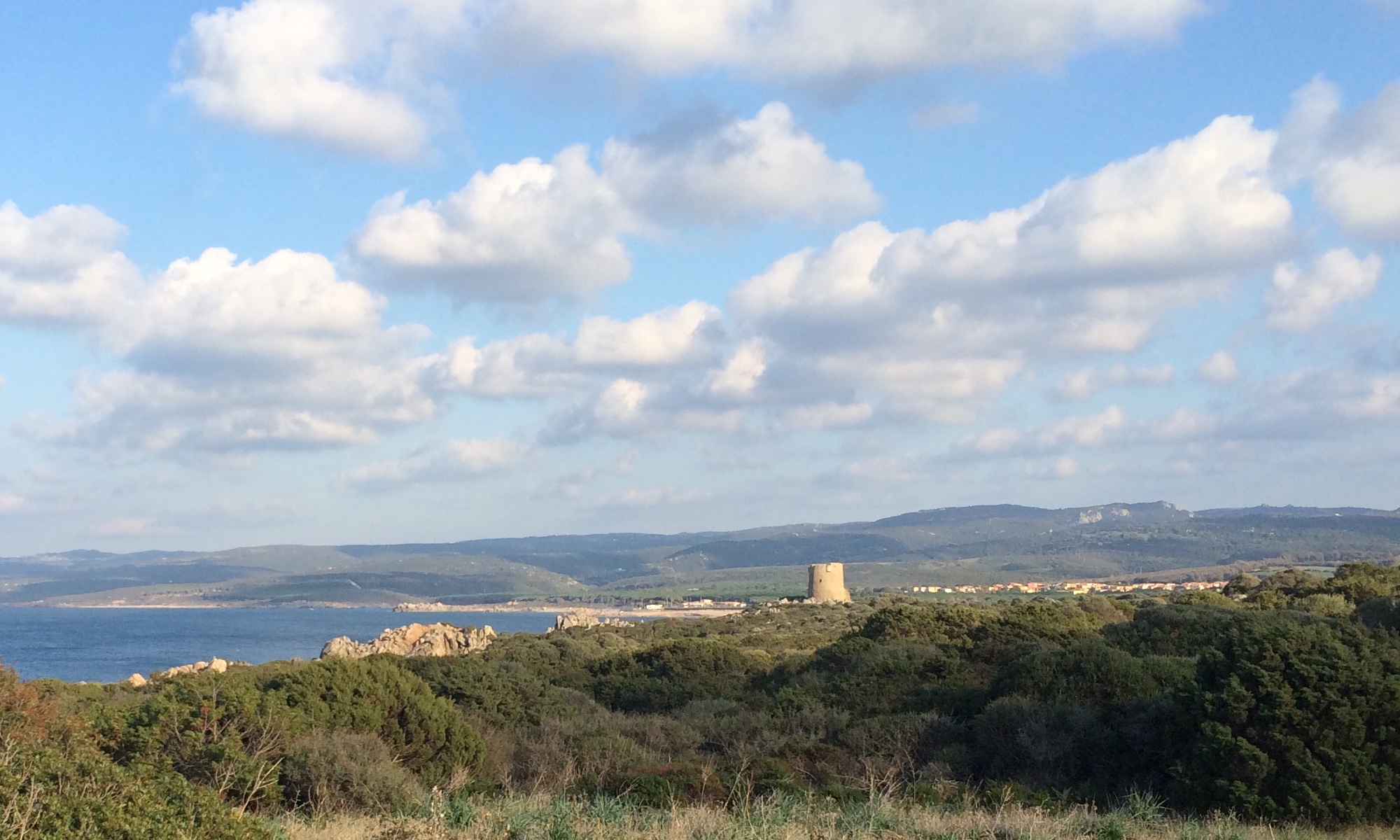
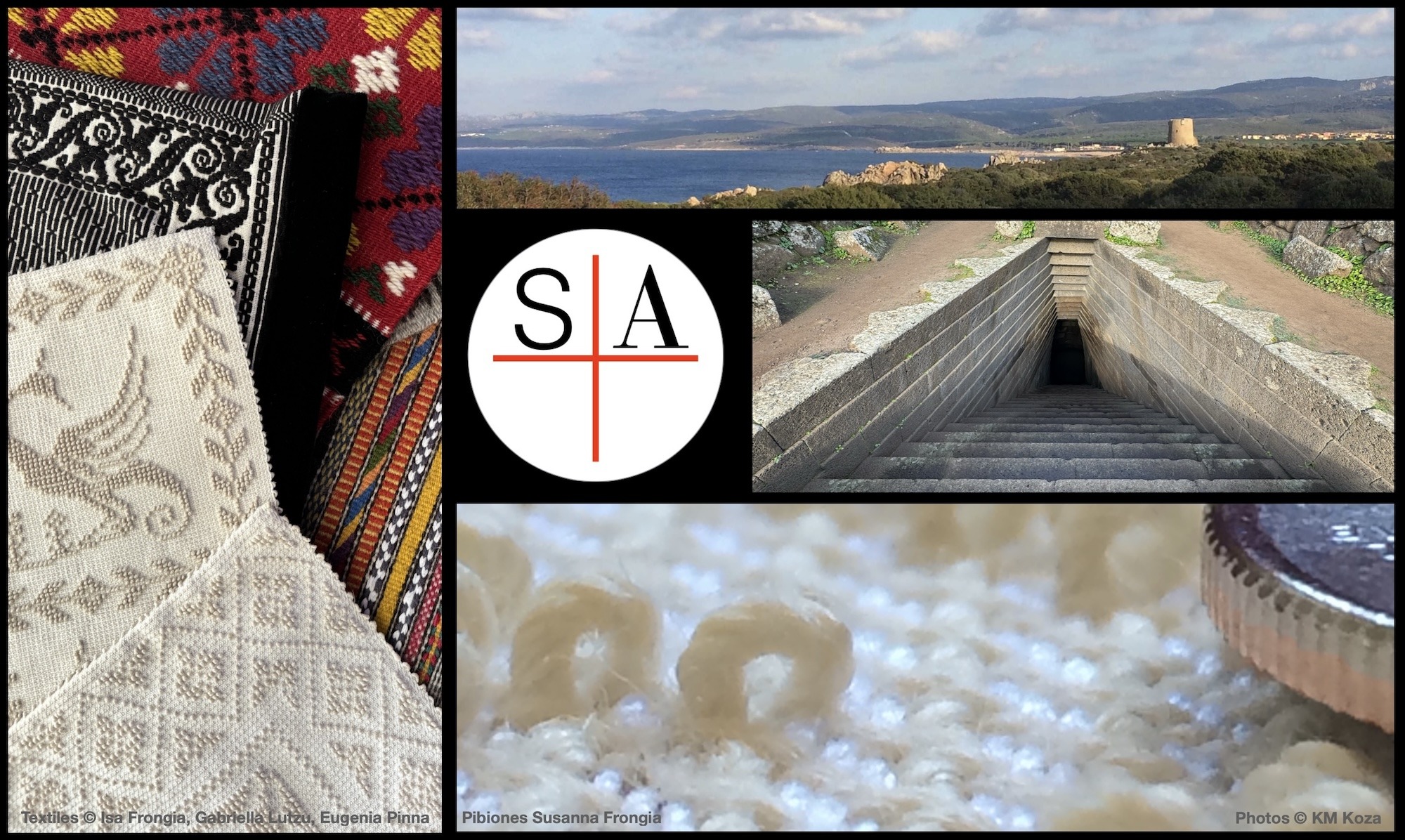
One Reply to “A Brief History of Sardinian Arts”
Comments are closed.